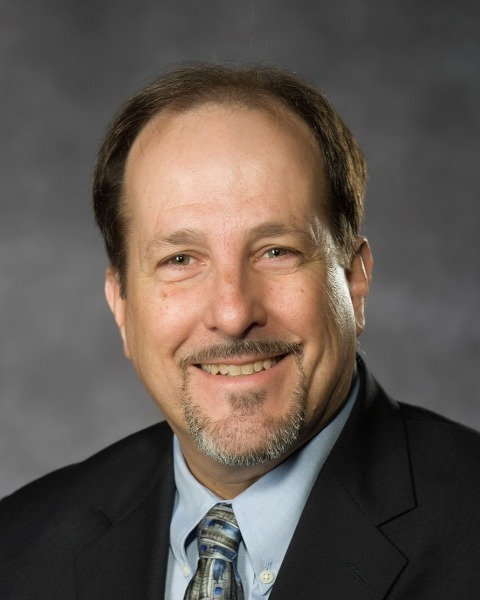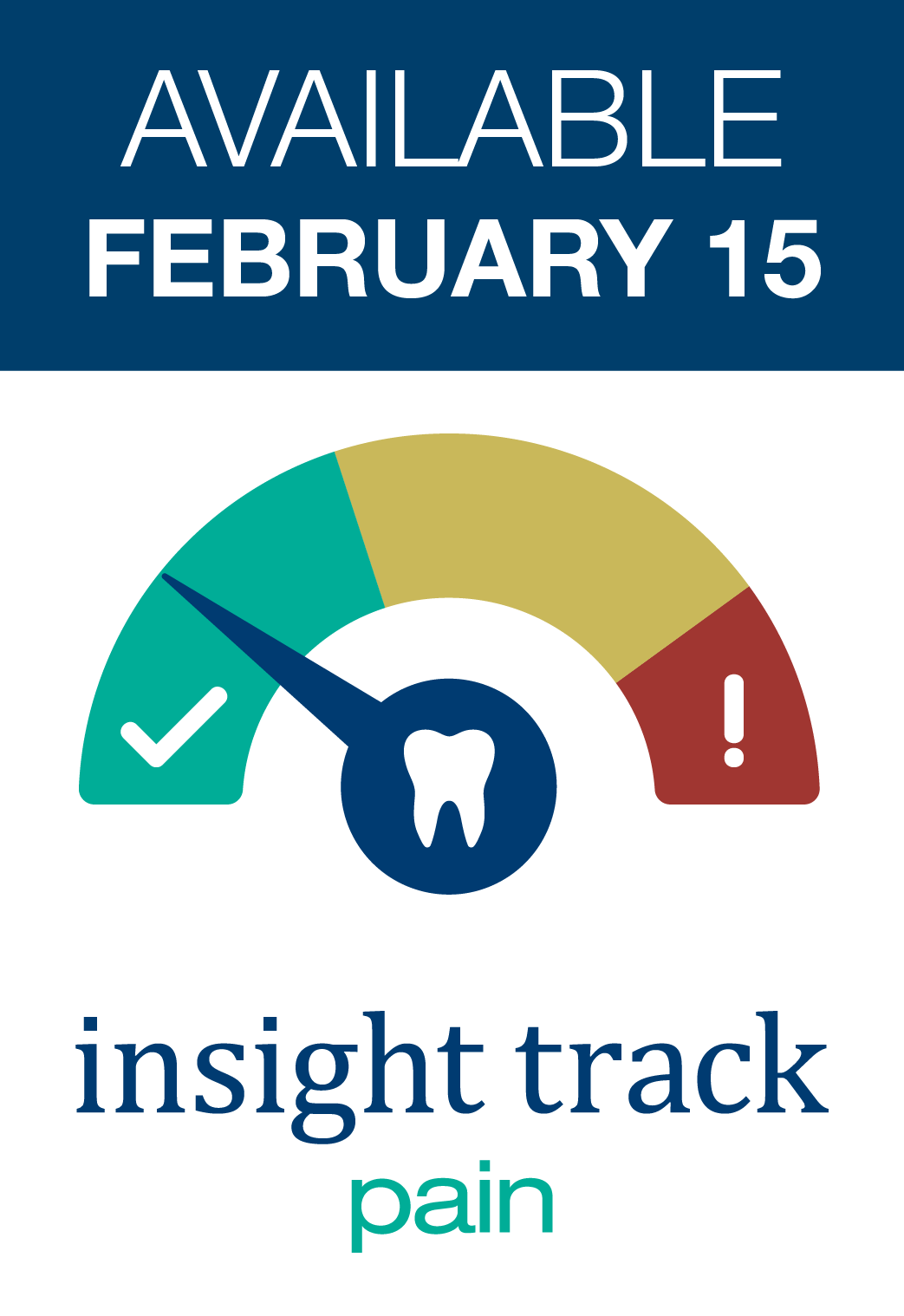
Evaluation and Diagnosis of the Traumatized Dentition
CE: 0.75
Description: The traumatized dentition encompasses a broad spectrum of dental injury classifications. Even when immediate treatment needs to be rendered, the clinician must always begin with an initial assessment of the injured patient and dentition that results in a preliminary diagnosis. This initial assessment or evaluation process for traumatic dental injuries should include a) obtaining a thorough history of the events related to the injury itself, b) an initial clinical exam followed by a more thorough evaluation to include pulpal and periapical diagnostic testing, c) a comprehensive radiographic exam and d) establishment of a preliminary pulpal and periapical diagnosis. Once this has been completed along with any immediate emergency care, a long-term treatment plan can be formulated and followed. Understanding the differences of how traumatized teeth respond to diagnostic testing when compared to teeth with healthy pulps is essential. This presentation is geared toward outlining a comprehensive, but efficient, evaluation process done in an orderly and systematic manner. Correctly identifying the type of dental injury sustained along with establishing baseline diagnostic information will be the first step in providing the best management of care for any traumatic dental injury.
At the conclusion, participants should be able to:
- Identify key components of obtaining an accurate history related to the traumatic dental injury
- Develop a systematic and orderly sequence for performing a clinical exam of the traumatized dentition to include diagnostic testing.
- Describe the benefits of various radiographic methods for evaluating the traumatized dentition
Key:

Garry L. Myers, D.D.S.
Dr. Garry L. Myers currently serves as the graduate endodontic program director at Virginia Commonwealth University (VCU) in Richmond, Virginia. He completed his dental school education at the University of Texas Health Science Center/ San Antonio in 1985. Six years later he completed his endodontic residency program at Wilford Hall Medical Center at Lackland AFB in San Antonio. He became a Diplomate of the American Board of Endodontics in 1994. After serving on active duty for 13 years, Dr. Myers left the USAF in 1998 to enter full-time private practice in Olympia, Washington where he practiced for the next 16 years. In the summer of 2014, full time education entered the picture when Dr. Myers accepted a position at VCU where he now works. Dr. Myers has been active in organized dentistry having served as the president of the Washington State Association of Endodontists in 2006-07 and as the President of the American Association of Endodontists in 2017-18. Dr. Myers currently serves as an ABE Director and as the endodontic CODA Commissioner. He has spoken internationally at meetings in Japan, South Korea, San Diego and Guatemala.
Speaker Disclosure:
I declare that I have no proprietary, financial, or other personal interest of any nature or kind in any product, service, course, and/or company, or in any firm beneficially associated therewith, that will be discussed or considered during the proposed presentation.
Garry L. Myers, D.D.S.
I declare that I have no proprietary, financial, or other personal interest of any nature or kind in any product, service, course, and/or company, or in any firm beneficially associated therewith, that will be discussed or considered during the proposed presentation.


